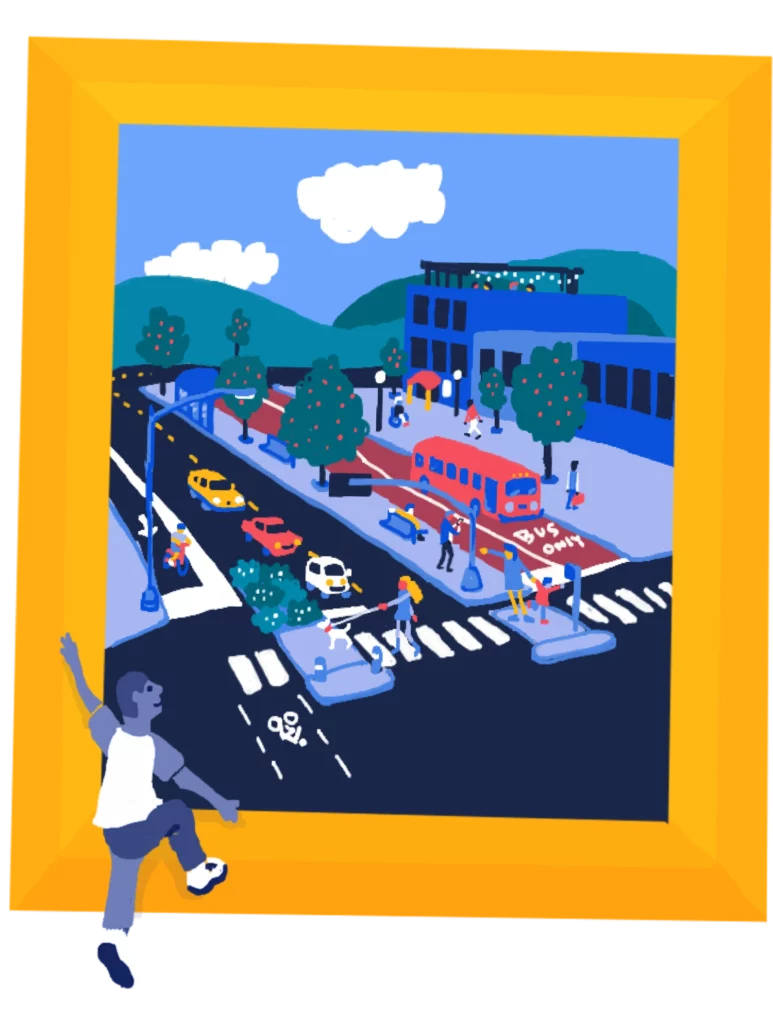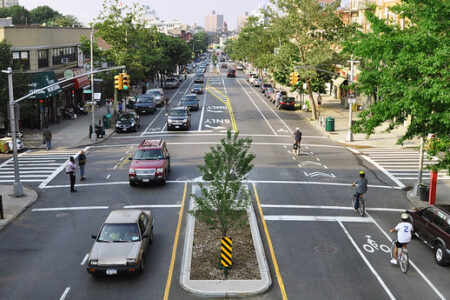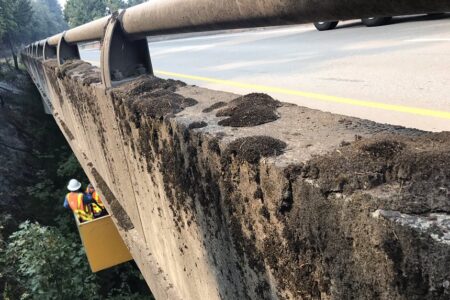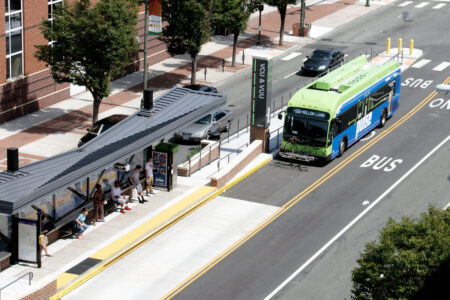Our principles & platform
Americans want a transportation system that gets them where they need to go safely and efficiently. Unfortunately, federal transportation investments for the last several decades have failed to develop a system that can accomplish this one, essential task. No matter how much we spend, traffic, emissions, and pedestrian deaths only seem to increase. Reorienting the federal transportation program around these three simple principles would begin to transform our system—and the everyday experience of all Americans.
Any serious effort to reduce deaths on our streets and roads requires slower speeds. Federal funding should require approaches and street designs that put safety first.
Related Resources
If your house has a leaky roof, you fix that before remodeling your kitchen. The federal transportation program should do the same and prioritize existing maintenance needs ahead of building new things which require decades of additional repair costs.
Related Resources
For 60 years we’ve invested hundreds of billions of dollars in highways. Now it’s time to invest in the rest to create a complete transportation network so more Americans can safely travel by foot, bike, bus, or train.
Related Resources
Learn more
Why are these three principles so important? How can we start to shape our decisions around them?

Our proposals for transportation reauthorization
How can policymakers turn these three simple principles into concrete policy ideas in the next five-year federal transportation law? Read our expanded set of policy proposals for Congress.
Get involved
Support the growing movement of those demanding something better than more money poured into a broken system.









